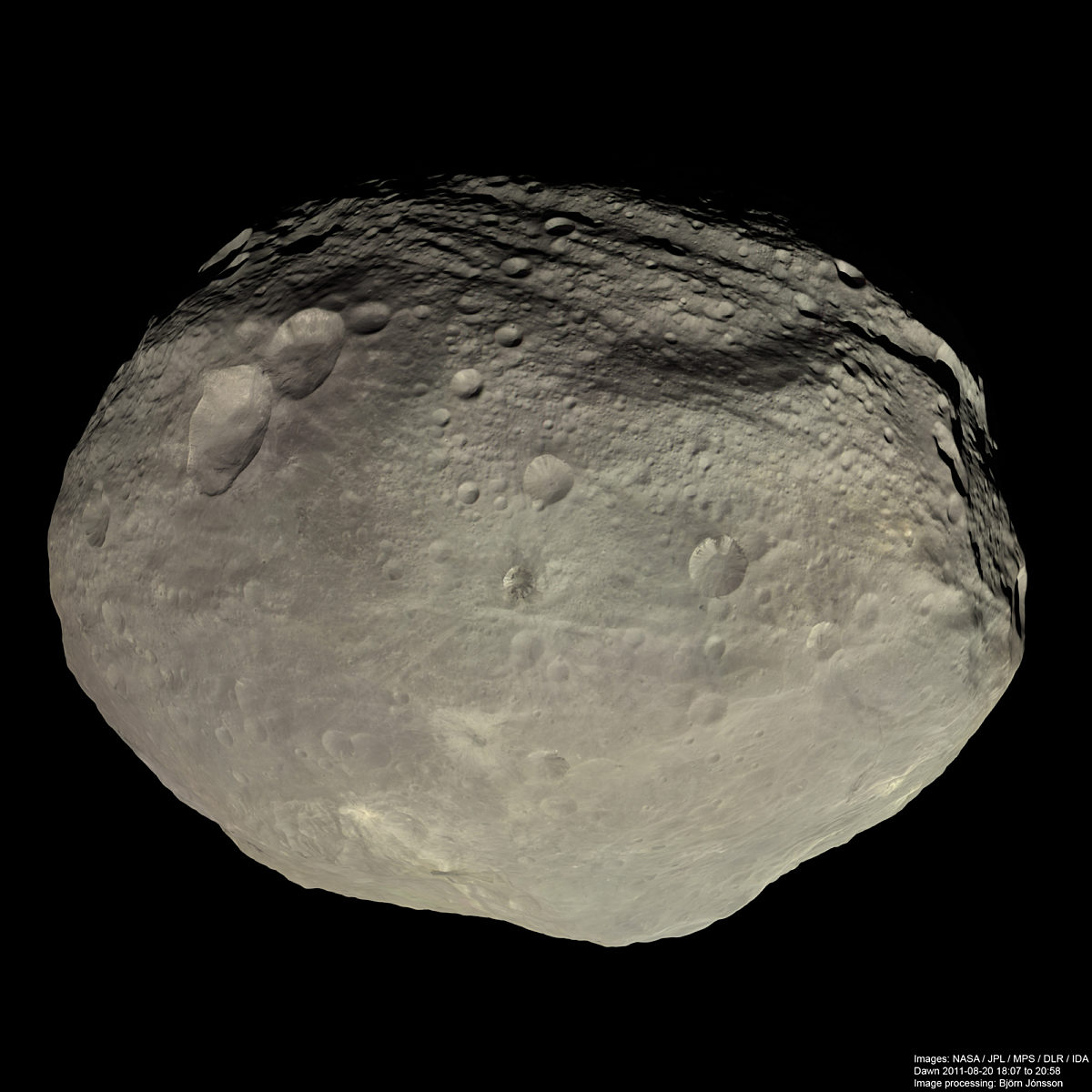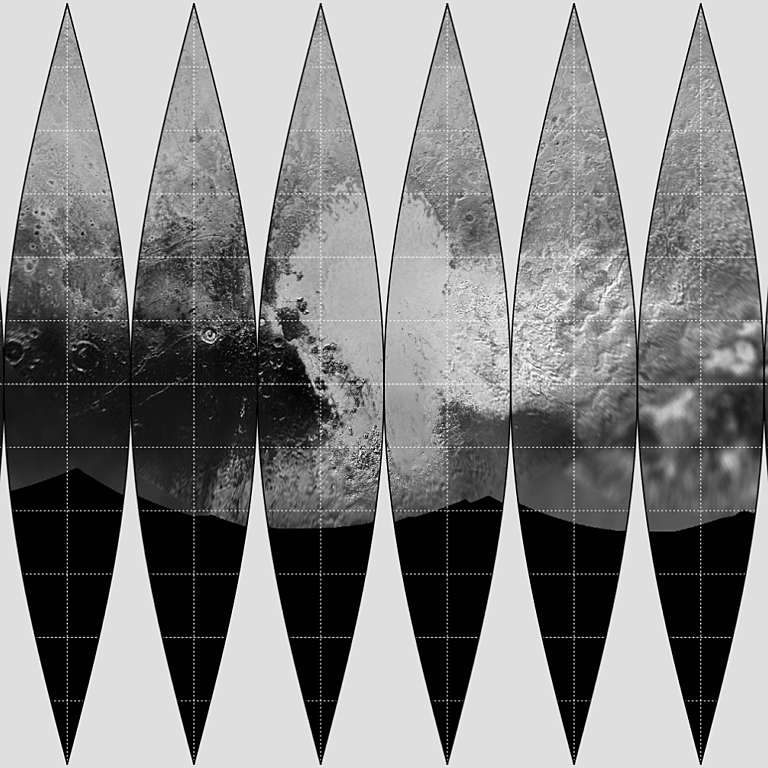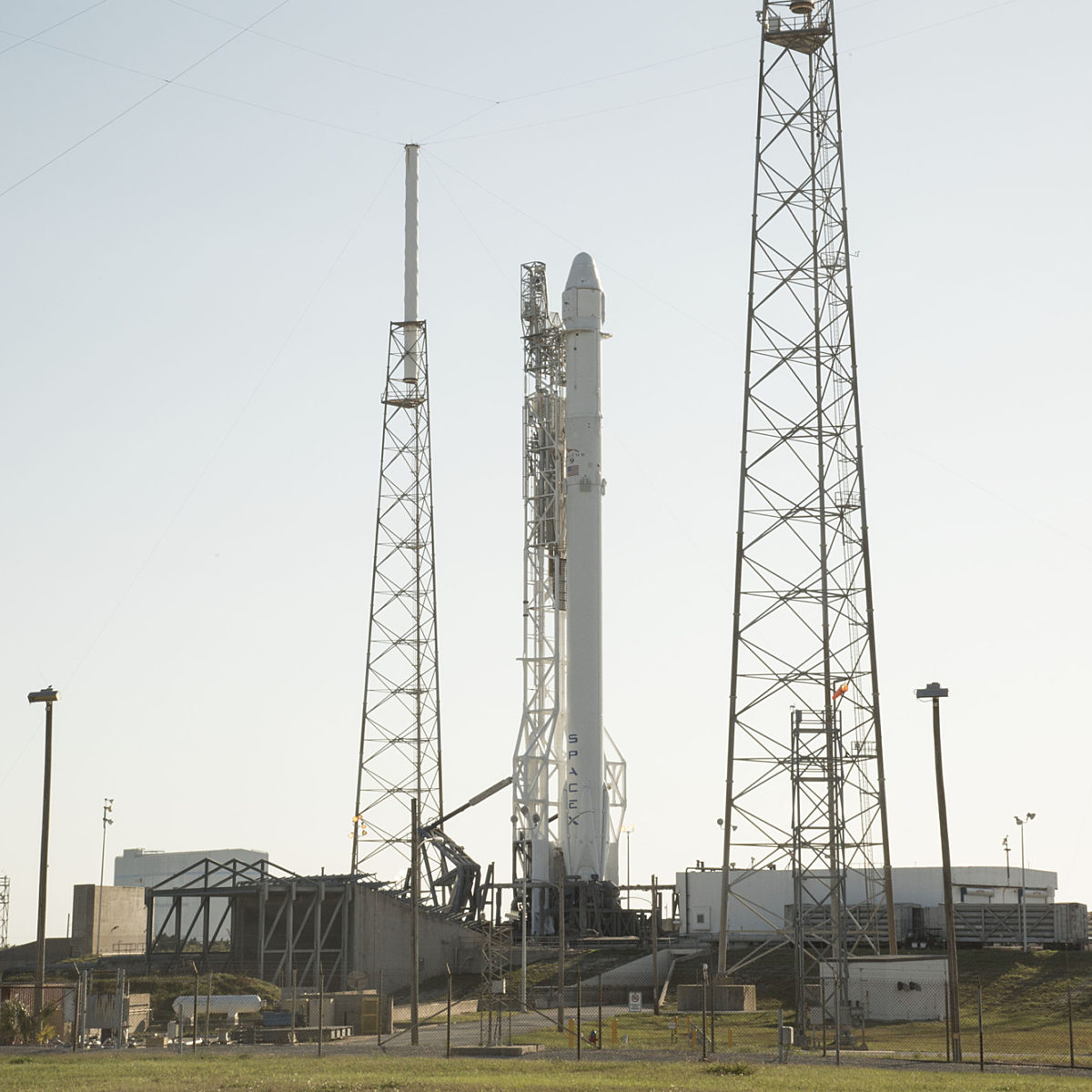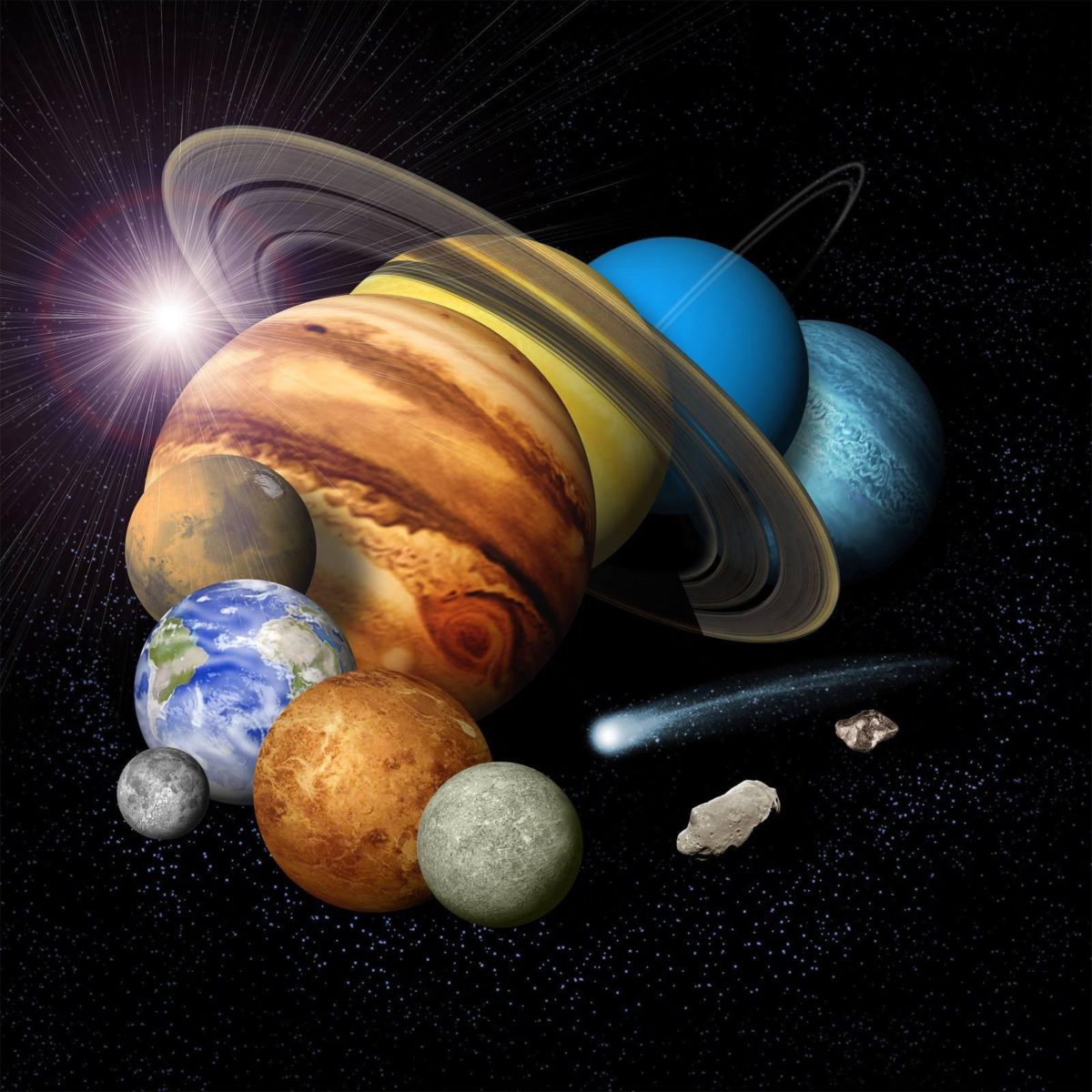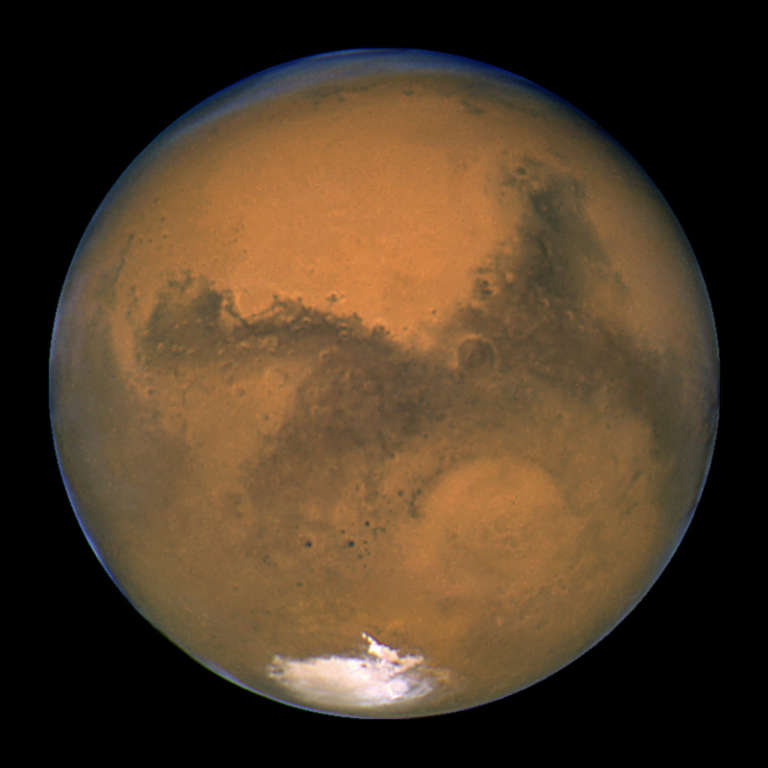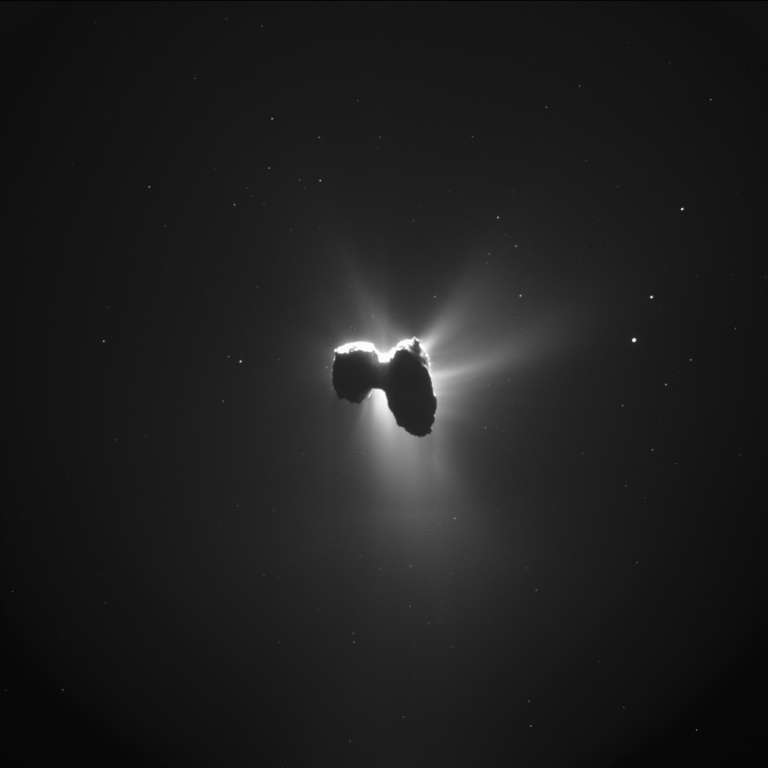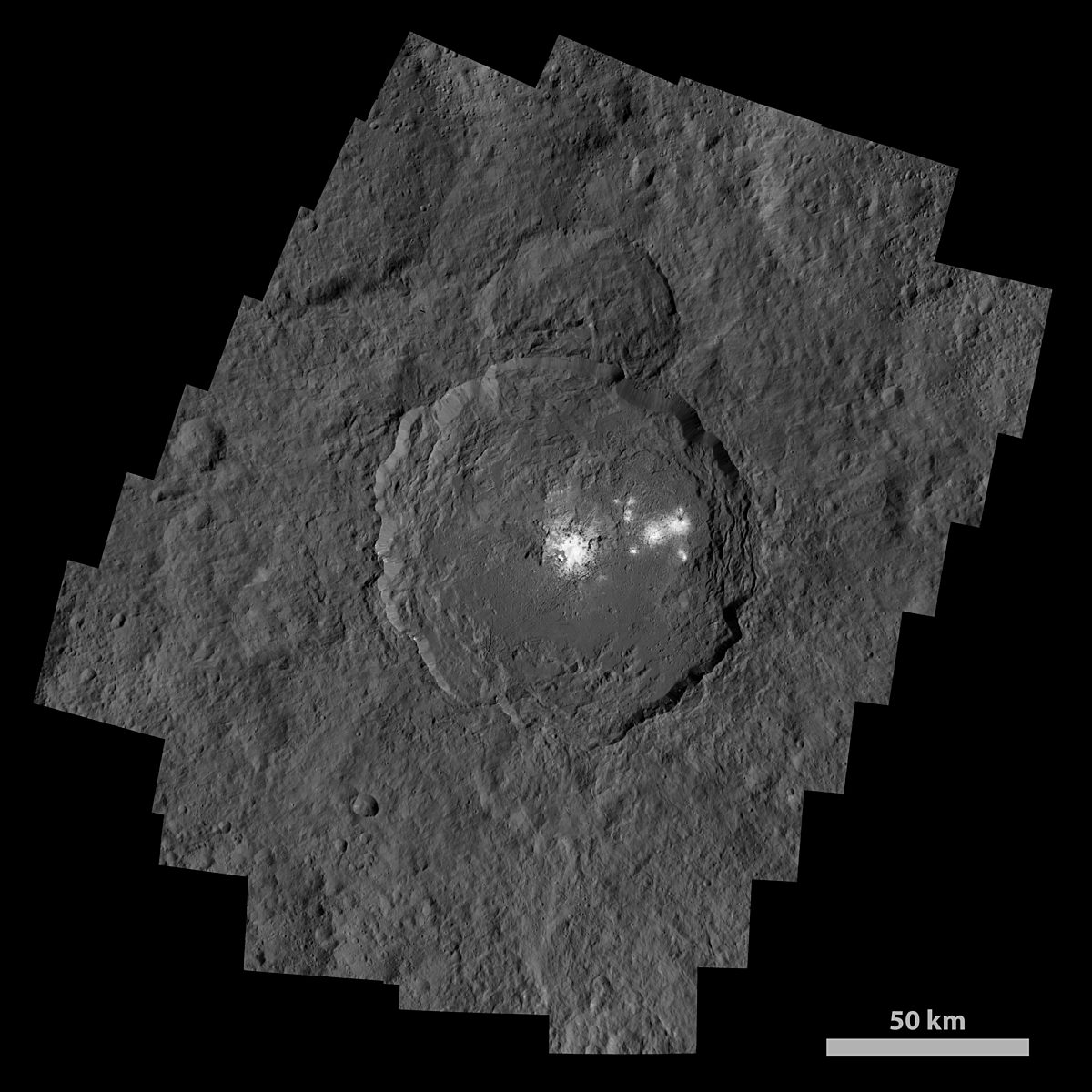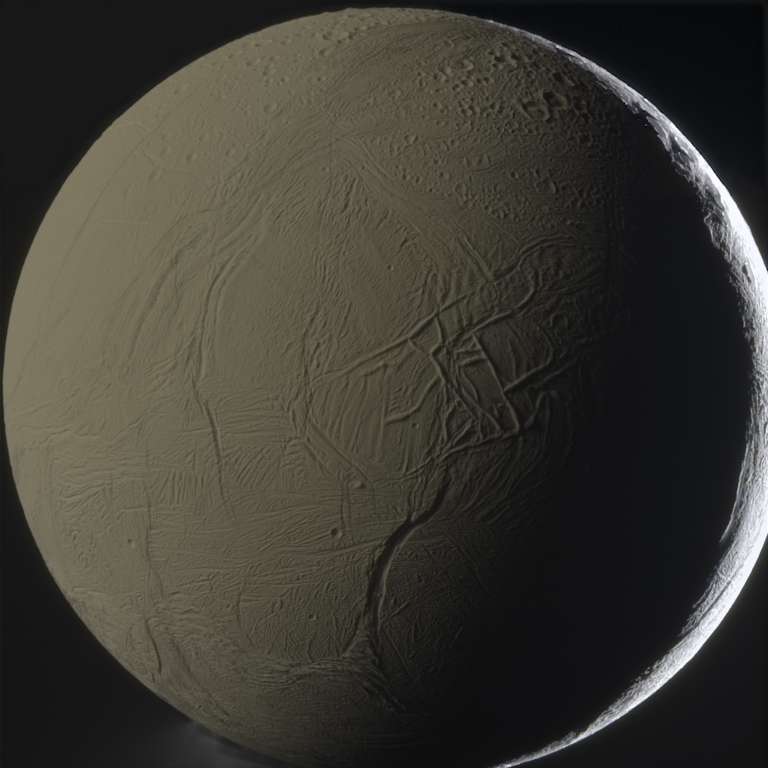All
All
Stories, updates, insights, and original analysis from The Planetary Society.
Defining the Missions for the Ocean Worlds
At a recent meeting of an advisory group for NASA, the Committee on Astrobiology and Planetary Science (CAPS), Jim Green, the head of NASA’s Planetary Science Division, and Barry Goldstein from the Jet Propulsion Laboratory, provided updates on plans to explore our solar system's ocean worlds.
LPSC 2016: Differentiated meteorites provide a glimpse of the early solar system and planets
This year's Lunar and Planetary Science Conference included a session devoted to a group of rocks from space called differentiated meteorites, and their proposed parent bodies.
Last unflown space shuttle tank heads seaward for new mission
The last unflown space shuttle external fuel tank was loaded onto a barge at NASA's Michoud Assembly Facility Sunday in New Orleans. It will ship to the California Science Center in Los Angeles to be joined with space shuttle Endeavour.
How to Make a Pluto Globe
Want to make your own globe of Pluto? Here's how!
Fog Detection from the Surface of Titan: New Findings From Old Data
Huygens may have landed on Titan over a decade ago, but a group of researchers from York University were able to make a new and unexpected discovery with this older dataset.
Live mice, cabbage, and a drone ship: Your SpaceX Dragon launch preview
Tomorrow afternoon, SpaceX plans to launch its Dragon cargo spacecraft to the International Space Station for the first time since a catastrophic accident last June.
LPSC 2016: Icy Satellite Science
This year’s Lunar and Planetary Science Conference devoted two oral presentation sessions to questions related to icy satellites in our solar system. Jessica Noviello reports back from the conference.
All about BEAM, the space station's new inflatable module
This Friday, SpaceX plans to launch a Dragon cargo spacecraft to the ISS. Packed inside Dragon's trunk is a new inflatable station module called BEAM, the Bigelow Expandable Activity Module.
Mars Exploration Rovers Update: Opportunity Soldiers through Martian March Madness
As March Madness on Earth sent sports fans into their annual kinetic frenzy watching more than 60 American teams battle it out for college basketball’s grandest title, Opportunity was experiencing her own Martian brand of March Madness.
LPSC 2016: Martian Geomorphology
Scientists showcased a wide range of features and processes on Mars' surface at last week's Lunar and Planetary Science Conference.
What's up in solar system exploration: April 2016 edition
This month (actually, today), Cassini had a relatively close flyby of Titan, and New Horizons will observe a very distant Kuiper belt object named 1994 JR1. Akatsuki has just fine-tuned its orbit around Venus, and Hayabusa2 has begun an 800-hour ion engine thrusting phase to steer it toward near-Earth asteroid Ryugu.
Dawn Journal: Sharper Views of Ceres
One year after taking up its new residence in the solar system, Dawn is continuing to witness extraordinary sights on dwarf planet Ceres. Mission Director Marc Rayman brings us his monthly update on Dawn's status.
In pictures: Russian cargo ship shuffle underway
Russian ISS controllers are in the process of swapping out a trash-filled cargo ship for a new one bearing fresh supplies, following the successful launch of a Progress spacecraft from Kazakhstan today.
LPSC 2016: So. Much. Ceres.
At last week's Lunar and Planetary Science Conference, I enjoyed a large number of talks about Ceres. Now in its Low-Altitude Mapping Orbit, Dawn is showering scientists with high-resolution, color data.
Selfies, messages and names delivered for LightSail 2 flight
A miniature DVD containing images of space fans and names of Planetary Society members and supporters is ready to fly in space.
Clouds and haze and dust, oh my!
What types of aerosols do we find in the atmospheres around the Solar System, and why does what we call them—clouds vs. haze vs. dust—matter? Sarah Hörst explains.
Russia approves its 10-year space strategy
After months of delays, the Russian government finally approved the nation’s 10-year space program worth 1.406 trillion rubles ($20.5 billion) last week.
In pictures: Beautiful night launch sends Cygnus on its way
Here's a photo roundup from last night's Atlas V launch, which sent a Cygnus cargo craft on its way to the International Space Station.
Tonight's Cygnus launch kicks off three ISS cargo runs in three weeks
Just days after receiving three new crew members, the ISS is about to become a veritable shipping hub, as three cargo ships launch to the orbital laboratory in as little as three weeks.
Challenges to Enabling a Richer Planetary Exploration Program
This past week brought to the fore two challenges for NASA’s managers as they try to enable the richest possible mix of coming planetary missions. At stake are whether the agency will be able to select two Discovery missions from the current competition, and whether there will be the possibility of a mission selected for Enceladus and/or Titan in the next decade.


 Explore Worlds
Explore Worlds Find Life
Find Life Defend Earth
Defend Earth


 Sun
Sun Mercury
Mercury Venus
Venus Earth
Earth Mars
Mars Jupiter
Jupiter Saturn
Saturn Uranus
Uranus Neptune
Neptune Small Bodies
Small Bodies
